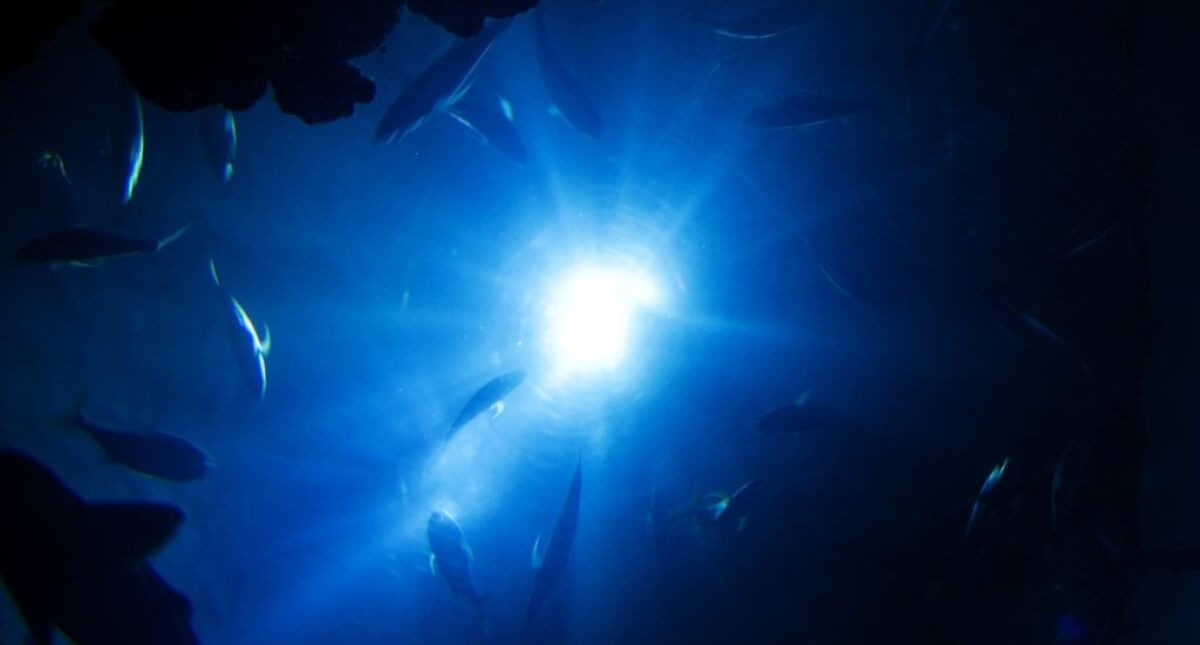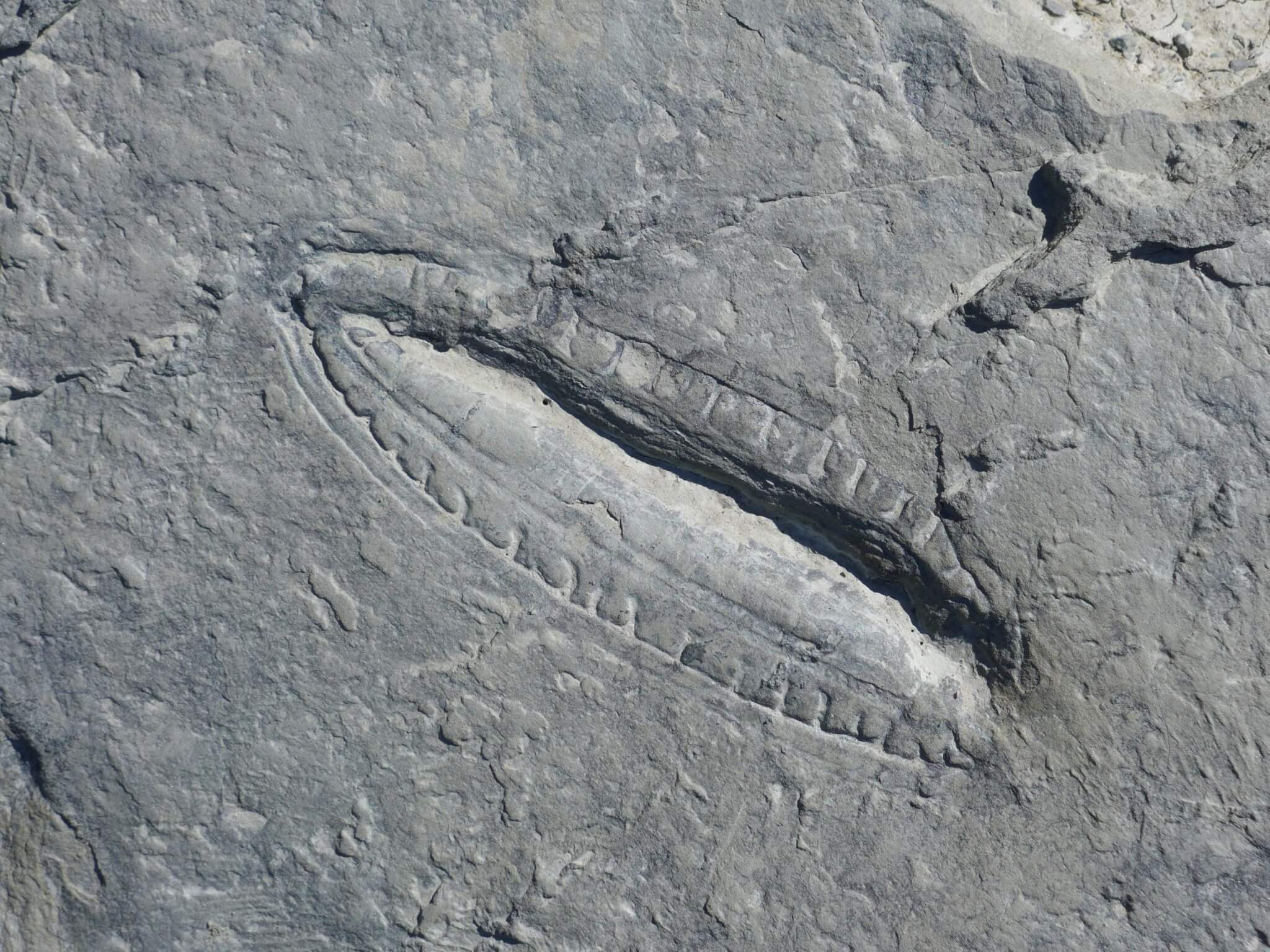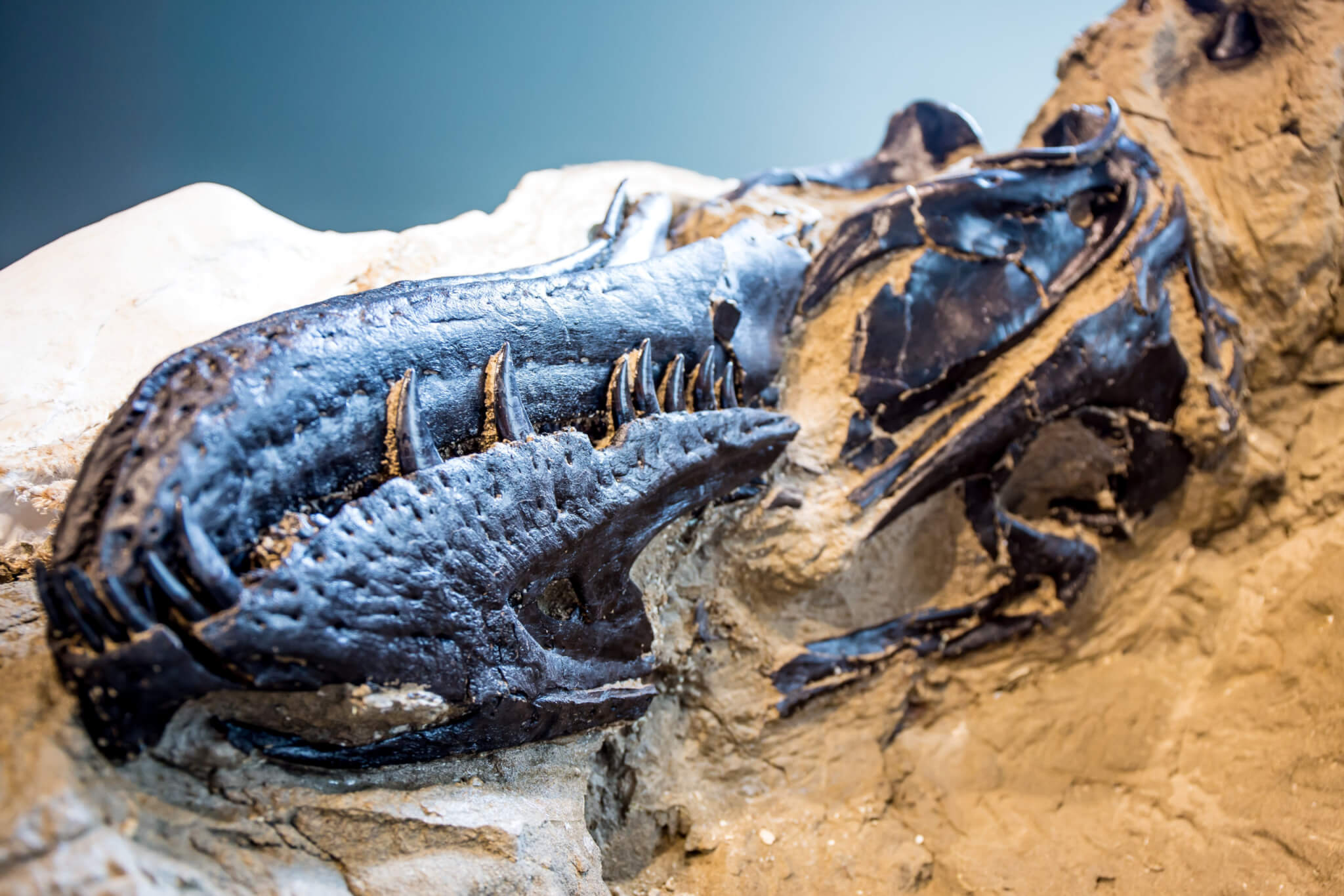PERTH, Australia — A key chapter in Earth’s evolution is finally taking shape after Australian researchers successfully dated some of the world’s oldest fossils of complex, multicellular life. This discovery reveals a period when the seas, previously home to only single-celled microbes for four billion years, began to flourish with diverse life forms.
“Located in the Coed Cochion Quarry in Wales, which contains the richest occurrence of shallow marine life in Britain, we used outfall from an ancient volcano that blanketed the animals as a time marker to accurately date the fossils to 565 million years, accurate down to 0.1 percent,” says study lead author Anthony Clarke, a PhD student at the Timescales of Mineral Systems Group within Curtin University’s School of Earth and Planetary Science, in a university release.

The fossils, part of the Ediacaran period, were found in various locations globally, including Australia. Dating them helps to identify these fossils as part of an ancient community that emerged as Earth recovered from a global ice age.
“These creatures would in some ways resemble modern day marine species such as jellyfish, yet in other ways be bizarre and unfamiliar,” notes Clarke. “Some appear fern-like, others like cabbages, whereas others resembled sea pens.”
Study co-author Chris Kirkland, professor from the Timescales of Mineral Systems Group, emphasized the significance of these fossils. Named after the Ediacara Hills in South Australia’s Flinders Ranges, where they were first discovered, these fossils led to the establishment of the first new geological period in over a century.
“These Welsh fossils appear directly comparable to the famous fossils of Ediacara in South Australia,” says Kirkland.
These fossils, including the disc-shaped Aspidella terranovica, represent some of the earliest evidence of large-scale multicellular organisms. This finding marks a transformative moment in Earth’s biological history.
“Ediacaran fossils record the response of life to the thaw out from a global glaciation, which shows the deep connection between geological processes and biology,” explains Kirkland.

The study not only sheds light on a pivotal era in Earth’s evolution but also underscores the importance of understanding these ancient ecosystems. By unraveling the complexities of Earth’s past, we can deepen our understanding of the evolution of life.
The study is published in the Journal of the Geological Society.
How do fossils reveal the evolution of early Earth?
Fossils, the preserved remnants of ancient life, are time capsules that offer an unparalleled glimpse into the evolutionary history of our planet. Each fossil discovery peels back a layer of Earth’s past, revealing the steps in the long, complex journey of life from simple forms to the diverse ecosystems we see today.
The earliest fossils date back about 3.5 billion years, showcasing primitive, single-celled organisms. These simple life forms ruled the Earth for billions of years, setting the stage for the evolution of more complex beings. The leap from single cells to multicellular organisms marks one of the most significant transitions in the history of life, a change recorded in the fossils that span the ages.

Marine fossils provide a record of the first complex life forms in Earth’s oceans. Ancient shells, trilobites, and other sea creatures show the development of diverse life forms in the ocean, long before life emerged on land. These fossils chronicle the evolution of life in the seas, from the Cambrian Explosion — a burst of evolutionary creativity — to the present day.
Plant fossils, like those of ancient ferns and trees, track the colonization of land by vegetation. This green revolution transformed the planet, creating habitats for the first land animals. Fossils of insects, amphibians, and later reptiles, record the gradual adaptation of life from water to land environments.
Perhaps the most famous of all fossil eras, the Mesozoic Era, known as the Age of Dinosaurs, gives us a peek into a world dominated by these magnificent creatures. Fossilized bones, footprints, and even remains of dinosaur skin and feathers tell the story of their reign and sudden demise, likely due to a catastrophic asteroid impact.

Fossils also reveal the history of Earth’s changing climates. Through the study of plant and animal fossils, we understand how life has adapted to shifts in temperature, sea levels, and atmospheric composition over millions of years.
Today, with advanced technology like radiometric dating and 3D imaging, scientists can extract even more information from fossils, piecing together the puzzle of Earth’s history with greater accuracy than ever before.
You might also be interested in:
- Missing Link Found? Study Reveals Potential Hot Spring Birthplace of Early Life
- Oldest skin sample discovered predates other fossils by 21 million years
- Bizarre fossil found in China fills 30-million-year gap in bird evolution

I don’t buy any of this sloppily written supposed find. There are no details that explain this find, and nothing to prove it’s truth. 70 to 61 thousand years ago is not old enough, let’s go back to 430, 000 years ago, the true historical date we should be hearing about.
This is not science. It cannot be tested or falsified. It is a Worldview – a belief just like belief in GOD.